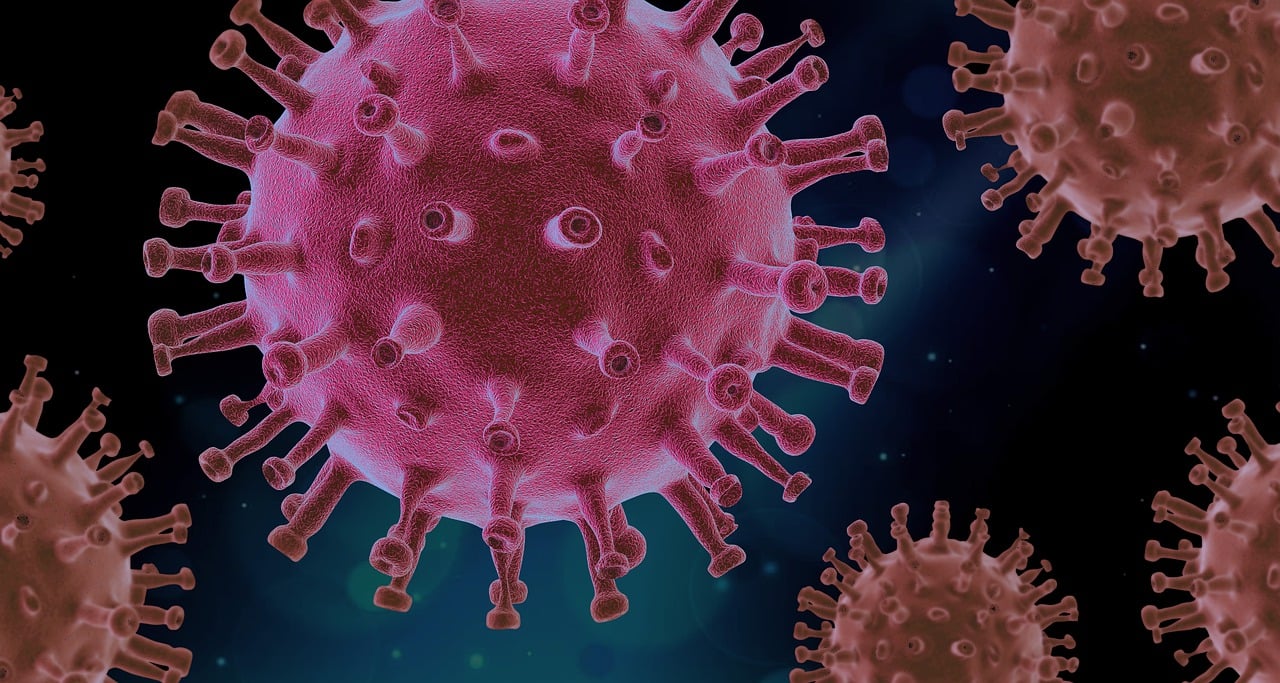- Medical Nanobots: Some early applications of nanotechnology are being developed in medicine. For instance, researchers have created nanoscale devices that can deliver drugs to specific parts of the body. These "nanobots" are not truly autonomous but are engineered to target specific cells, like cancer cells, and release their therapeutic payloads in response to certain biological triggers.
- DNA Nanobots: Scientists have also developed DNA-based nanobots that can fold into specific shapes and perform tasks like opening to release drugs in response to certain environmental stimuli. These are still in experimental phases but show promise in targeted therapies.
- Nanorobotics Research: Fully autonomous nanobots—machines that can perform tasks, self-replicate, or repair themselves at the nanoscale—are not yet a reality. Researchers are exploring ways to control tiny robots that can move through bloodstreams or repair tissues, but the technology is still in its infancy due to challenges in energy supply, control mechanisms, and reliability.
In summary, while nanobots are being explored and developed, we're not yet at the stage where fully autonomous nanobots are in widespread use.


